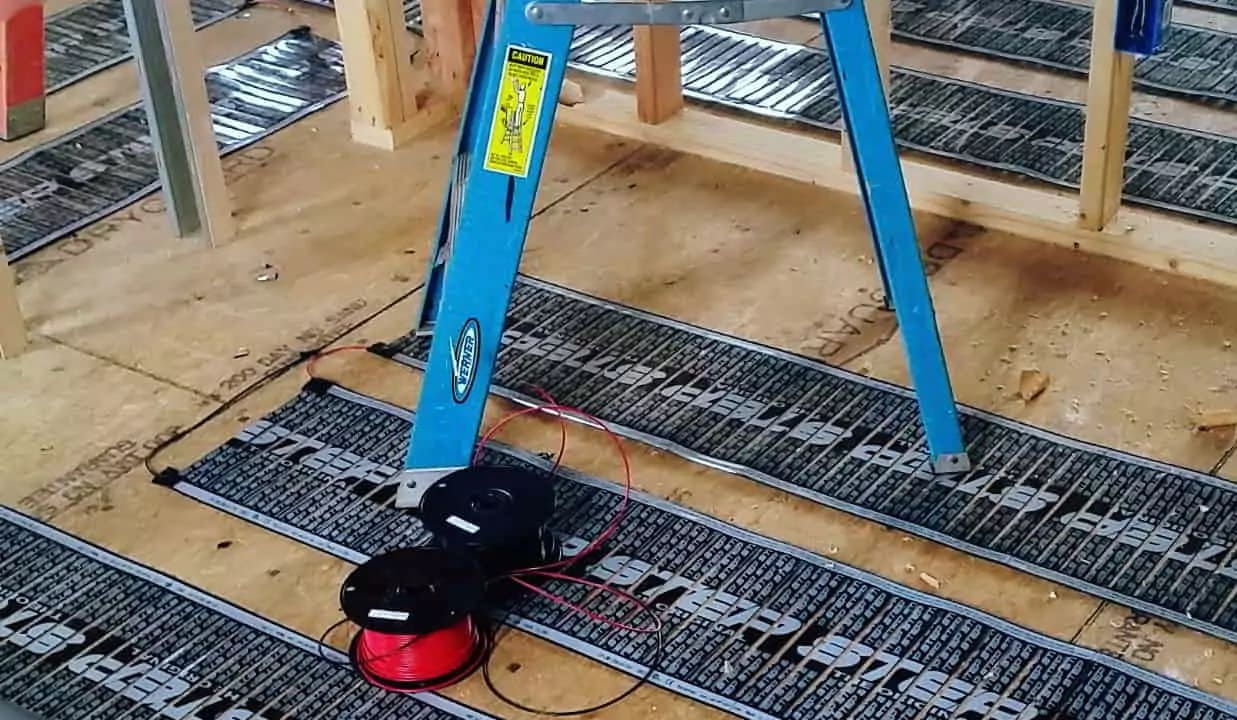

Articles
How To Heat Your Basement
Modified: February 24, 2024
Learn effective ways to heat your basement with these informative articles. Find expert tips and advice to make your basement warm and cozy.
(Many of the links in this article redirect to a specific reviewed product. Your purchase of these products through affiliate links helps to generate commission for Storables.com, at no extra cost. Learn more)
Introduction
When it comes to making the most of your basement space, ensuring that it is properly heated is essential. A heated basement not only creates a comfortable living environment but also helps to prevent moisture buildup and the growth of mold and mildew. Whether you plan to use your basement as an extra living area, a home office, or a storage space, having a reliable heating system in place is crucial.
In this article, we will explore various heating options for your basement and provide you with tips on how to choose the right heating system that suits your needs and preferences. We will also discuss the importance of insulating your basement and maintaining proper ventilation to ensure optimum comfort and efficiency.
Before diving into the specifics of basement heating, it’s important to assess your current heating situation. If your basement is already connected to your existing HVAC system, you may have some heating options readily available. However, if your basement is not connected to the main heating system or if you are looking for alternative options to heat the space, there are several solutions to consider.
One of the first steps in heating your basement effectively is to insulate the space. Proper insulation helps to trap heat and prevent it from escaping, allowing your heating system to work more efficiently. Insulation also helps to regulate the temperature and reduces energy waste, ultimately saving you money on your heating bills.
Once the basement is adequately insulated, you can explore a variety of heating options. Electric heating systems provide a convenient and versatile solution for heating basements. From baseboard heaters to electric fireplaces, there are various options to choose from based on your needs and preferences.
Radiant floor heating is another popular choice for basement heating. It involves installing heating elements, such as electric cables or water pipes, beneath the floor surface, providing consistent and efficient heat distribution. Radiant floor heating is ideal for larger basement areas and offers a more luxurious and comfortable heating option.
Ductless mini-split systems are also worth considering for basement heating. These systems consist of an outdoor unit and one or more indoor units, providing zoned heating and cooling. Ductless mini-splits are easy to install and energy-efficient, allowing you to control the temperature of your basement independently from the rest of the house.
In addition to choosing the right heating system, proper ventilation and air circulation are essential in maintaining a healthy and comfortable basement environment. Adequate ventilation helps to remove excess moisture and prevent the buildup of stale air. Consider installing vents or exhaust fans to promote air circulation and reduce the risk of mold and mildew growth.
Lastly, to ensure the longevity and optimal performance of your basement heating system, regular maintenance is crucial. This includes cleaning or replacing air filters, checking for any leaks or damages in the system, and scheduling professional inspections and tune-ups on a regular basis.
By considering the various heating options, insulating your basement, and maintaining proper ventilation, you can transform your basement into a cozy and functional space that adds value to your home. Let’s dive into the details of each heating option and explore the steps to successfully heat your basement.
Key Takeaways:
- Transform your basement into a cozy retreat by choosing the right heating system, insulating effectively, and ensuring proper ventilation. Consider electric heating options, radiant floor heating, and ductless mini-split systems for optimal comfort and efficiency.
- Keep your basement heating system in top shape with regular maintenance. Inspect, clean, and test system components, and schedule professional tune-ups to ensure longevity, efficiency, and safety. Proper maintenance ensures peace of mind and enjoyable living space.
Read more: How To Heat An Unfinished Basement
Assessing Heating Options
When it comes to heating your basement, it’s essential to assess your options based on factors such as budget, energy efficiency, and the specific needs of your space. Understanding the different heating systems available will help you make an informed decision. Here are some key factors to consider when assessing your heating options:
- Existing HVAC System: If your basement is already connected to your home’s central heating and cooling system, it may be worth exploring this option. However, keep in mind that your existing system may need modifications or additional ductwork to adequately heat your basement.
- Electric Heating: Electric heating systems are a popular and efficient option for basements. They are versatile, easy to install, and generally more cost-effective compared to other heating methods. Electric baseboard heaters, electric fireplaces, and radiant heating systems are all viable options to consider.
- Radiant Floor Heating: Radiant floor heating involves installing heating elements, typically electric cables or water pipes, beneath the floor surface. This method provides uniform heat distribution and creates a cozy, warm environment in your basement. While this option may require professional installation and a higher upfront cost, it offers long-term energy savings and comfort.
- Ductless Mini-Split Systems: Ductless mini-split systems are a popular choice for basement heating. They consist of an outdoor unit and one or more indoor units. Ductless systems offer zoned heating and cooling, allowing you to control the temperature of your basement independently from the rest of your home. They are energy-efficient, easy to install, and provide year-round comfort.
- Ventilation and Air Circulation: In addition to heating, proper ventilation and air circulation are essential for a comfortable and healthy basement. Consider installing vents or exhaust fans to remove excess moisture and prevent the buildup of stale air. Good air circulation helps maintain a consistent temperature and reduces the risk of mold and mildew growth.
- Thermostat Options: Choosing the right thermostat for your basement heating system is crucial. Consider a programmable thermostat that allows you to set temperature schedules based on your usage patterns. This ensures that your basement is heated when you need it and saves energy when the space is not in use.
By carefully assessing your heating options based on these factors, you can choose the most suitable system for your basement. Keep in mind your budget, energy efficiency goals, and the size and layout of your space. Consulting with a heating professional can also provide valuable insights and help you make an informed decision.
Insulating the Basement
Insulating your basement is an essential step in creating an energy-efficient and comfortable space. Proper insulation helps to trap heat inside the basement, preventing it from escaping and keeping the space warm. It also helps to regulate temperature and reduce energy waste, ultimately saving you money on your heating bills. Here are some key points to consider when insulating your basement:
- Assess Current Insulation: Start by inspecting your basement’s current insulation, if any. Check for any signs of damage, moisture intrusion, or inadequate coverage. Address any issues to ensure a solid foundation for your new insulation.
- Moisture Control: Before installing insulation, it’s crucial to address any moisture issues in your basement. Moisture can lead to mold and mildew growth and compromise the effectiveness of insulation. Seal any cracks in the walls or floors, and consider installing a vapor barrier to prevent moisture from seeping in.
- Basement Wall Insulation: Insulating your basement walls helps to prevent heat loss and creates a thermal barrier. You have several options for basement wall insulation, including rigid foam insulation, fiberglass batt insulation, or spray foam insulation. Choose the insulation material that best suits your needs, considering factors such as budget, R-value (insulating capacity), and moisture resistance.
- Floor Insulation: Insulating the basement floor helps to ensure a comfortable and warm environment. You can install rigid foam insulation panels below the floor surface or opt for insulating floor coatings or mats. This step is especially important if you plan to use your basement as a living space or if you have a concrete floor that tends to get cold.
- Ceiling Insulation: If you have a finished basement with a dropped ceiling, adding insulation above the ceiling tiles can help to improve energy efficiency. Insulation batts or blow-in insulation can be used to create a thermal barrier between the basement and the upper floors.
- Windows and Doors: Don’t forget to insulate your basement windows and doors. Apply weatherstripping and caulking to seal any gaps and ensure that they are properly insulated. Consider using energy-efficient windows or adding window insulation film for additional insulation.
Proper insulation not only helps to create a warm and comfortable space but also contributes to the overall energy efficiency of your home. It’s advisable to consult with a professional insulation contractor or a heating expert to assess your insulation needs and provide guidance on the best insulation materials and techniques for your specific basement.
Choosing the Right Heating System
When it comes to heating your basement, selecting the right heating system is crucial for ensuring comfort, energy efficiency, and cost-effectiveness. Factors such as the size and layout of your basement, your budget, and personal preferences play a significant role in determining the most suitable heating system. Here are some key considerations to keep in mind when choosing the right heating system:
- Basement Size: Consider the size of your basement when selecting a heating system. If you have a small basement, portable heaters or electric baseboard heaters may suffice. For larger basements, central heating systems or radiant floor heating may be more suitable.
- Energy Efficiency: Energy efficiency is an important factor to consider to minimize energy consumption and reduce heating costs. Look for heating systems that have high Energy Star ratings, which indicate their efficiency level. Consider features such as programmable thermostats that allow you to schedule temperature adjustments based on your usage patterns.
- Budget: Your budget will also influence your choice of heating system. Some systems, such as ductless mini-split systems or radiant floor heating, may have a higher initial cost but provide long-term energy savings. Consider the overall cost of installation, maintenance, and operation when determining your budget for the heating system.
- Existing HVAC System: If your basement is already connected to your home’s existing HVAC system, it may be more cost-effective and convenient to extend the ductwork to the basement. This allows you to utilize the same heating system used throughout the rest of your home.
- Zoning Options: If you desire precise temperature control in your basement, consider heating systems that offer zoning options. Ductless mini-split systems, for example, allow you to individually control the temperature in different zones or rooms, providing personalized comfort and energy efficiency.
- User-Friendly Features: Look for heating systems with user-friendly features that enhance convenience and control. Features such as remote control operation, smart thermostats, and programmable timers can make it easier to manage and regulate the temperature in your basement.
- Future Plans: Consider your future plans for the basement. If you anticipate using the space for various purposes or envision potential renovations, choose a heating system that offers flexibility and easy adaptability to changing needs.
While these factors are crucial in choosing the right heating system, it is advisable to consult with a heating professional or an HVAC contractor. They can assess your specific requirements, recommend the most suitable options, and assist with the installation and maintenance process.
By carefully considering these factors and seeking expert advice, you can select a heating system that provides optimal comfort, energy efficiency, and long-term value for your basement.
Electric Heating Options
When it comes to heating your basement, electric heating systems offer a convenient, versatile, and energy-efficient solution. Electric heating options are relatively easy to install and provide effective heating without the need for a complex ductwork system. Here are some popular electric heating options to consider for your basement:
- Electric Baseboard Heaters: Electric baseboard heaters are a common choice for basement heating. These heaters are installed along the baseboards of the room and generate heat through convection. Electric baseboard heaters are energy-efficient, quiet, and offer a reliable heating source. They are also easy to control, typically featuring built-in thermostats for temperature regulation.
- Electric Wall Heaters: Electric wall heaters are an excellent option for heating your basement space. These heaters are mounted on the walls and provide consistent, even heat distribution. Electric wall heaters are equipped with thermostats and offer various control options. They are compact, take up minimal space, and can be an effective heating solution for small to medium-sized basements.
- Electric Fireplaces: Electric fireplaces not only provide warmth but also add aesthetic appeal to your basement. These modern and stylish heating options mimic the appearance of a real fireplace, complete with realistic flames and ember effects. Electric fireplaces can be freestanding units or built into a wall. They offer adjustable heat settings and often come with remote control operation for convenience.
- Electric Radiant Heating: Electric radiant heating is a popular choice for basement floors. This type of heating system involves installing electric cables or mats beneath the floor surface, providing comfortable and efficient heat. Electric radiant heating warms the objects and surfaces in the room, creating a cozy environment. It is especially beneficial for areas with cold flooring, such as concrete or tile.
- Portable Electric Heaters: Portable electric heaters offer flexibility and convenience for heating your basement. These heaters can be moved around the space as needed and are ideal for supplementing the heating in specific areas or during colder seasons. There are various types of portable electric heaters available, including ceramic heaters, oil-filled heaters, and infrared heaters.
When choosing electric heating options for your basement, consider factors such as the size of your basement, your budget, and your personal preferences. It’s also important to ensure that the electrical system in your basement can handle the additional load. Consult with an electrician or heating professional to ensure proper installation and to assess any electrical requirements or modifications needed.
Remember, electric heating systems offer a convenient and efficient option for heating your basement, but it’s essential to choose the right size and type of heater based on your specific needs and the characteristics of your basement space.
Make sure to properly insulate the basement walls and floors to prevent heat loss. Consider installing a separate heating system for the basement, such as a baseboard heater or radiant floor heating.
Read more: How To Drywall Your Basement
Radiant Floor Heating
Radiant floor heating is an excellent option for heating your basement, offering a comfortable and energy-efficient solution. This type of heating system involves installing heating elements, typically electric cables or water pipes, beneath the floor surface. Here are some key points to consider about radiant floor heating:
- Uniform Heat Distribution: Radiant floor heating provides even heat distribution throughout the basement. The heating elements radiate heat upward, warming the objects and surfaces in the room. This creates a cozy and consistent temperature from the floor up, eliminating cold spots and drafts.
- Energy Efficiency: Radiant floor heating is known for its energy efficiency. It operates by utilizing radiant heat transfer, which directly warms the room without the need for air ducts or fans, as in forced-air systems. This reduces heat loss and allows for precise temperature control, resulting in energy savings and reduced heating costs.
- Two Types of Radiant Floor Heating: There are two types of radiant floor heating systems: electric and hydronic. Electric radiant floor heating utilizes electric cables or mats installed beneath the floor. Hydronic radiant floor heating uses water pipes that circulate hot water to provide heat. Both systems have their advantages, and the choice depends on factors such as budget, energy source availability, and specific requirements.
- Installation Process: The installation process for radiant floor heating varies depending on the type of system chosen. Electric radiant floor heating is typically easier to install, as it involves laying electric cables or mats on the subfloor and covering them with a flooring material of your choice. Hydronic systems require more planning and expertise, as they involve installing water pipes within the subfloor or using a pipe-embedded concrete slab.
- Compatible Flooring Materials: Radiant floor heating is compatible with a variety of flooring materials, including tile, stone, laminate, and engineered hardwood. These materials are good conductors of heat and allow for efficient heat transfer. It’s advisable to consult with the flooring manufacturer or installer to ensure compatibility and any specific installation requirements.
- Thermostat Control: Radiant floor heating systems often come with programmable or smart thermostats, allowing for precise temperature control. Additionally, zoning options can be implemented for different areas or rooms in your basement. This allows you to customize the heating schedule and temperature settings according to your preferences, optimizing comfort and energy efficiency.
Radiant floor heating offers numerous benefits for heating your basement. It provides consistent and comfortable heat, increases energy efficiency, and eliminates the need for unsightly ductwork or radiators. However, it’s important to note that the installation of radiant floor heating may require professional assistance, especially for hydronic systems. Consulting with heating professionals or contractors experienced in radiant floor heating is recommended to ensure proper installation and the best results for your basement.
Investing in radiant floor heating can transform your basement into a cozy and inviting space while providing efficient and comfortable heating for years to come.
Ductless Mini-Split Systems
Ductless mini-split systems are a popular and effective choice for heating your basement. These systems consist of an outdoor unit and one or more indoor units, providing zoned heating and cooling. Here are some key points to consider about ductless mini-split systems:
- Zoned Heating and Cooling: One of the main advantages of ductless mini-split systems is their ability to provide zoned heating and cooling. Each indoor unit can be independently controlled, allowing you to adjust the temperature in different areas or rooms of your basement individually. This flexibility ensures personalized comfort and energy efficiency.
- No Need for Ductwork: Ductless mini-split systems do not require a complicated ductwork network. Instead, the indoor units are connected to the outdoor unit via a small refrigerant line. This eliminates the need for expensive and invasive ductwork installation, making ductless systems a more cost-effective and practical option for basements without existing ducts.
- Energy Efficiency: Ductless mini-split systems are known for their energy efficiency. The absence of ducts minimizes heat loss during distribution, resulting in higher efficiency compared to traditional forced-air systems. Additionally, the ability to control the temperature in specific zones allows for optimal energy usage, further reducing heating costs.
- Easy Installation: Installing a ductless mini-split system in your basement is relatively straightforward. The indoor units can be mounted on the walls or ceilings, and the outdoor unit can be placed outside the building. The refrigerant line that connects the two components requires a small hole drilled in the wall, resulting in minimal disruption to your basement space.
- Modular System: Ductless mini-split systems are modular, meaning you can add more indoor units to the outdoor unit as needed. This allows for scalability and the ability to expand the heating capabilities of your basement in the future, without major infrastructure changes.
- Heating and Cooling Functionality: Ductless mini-split systems provide both heating and cooling capabilities, making them a versatile solution for year-round comfort. During hot summer months, the system can switch to cooling mode, ensuring a comfortable temperature in your basement.
- Quiet Operation: Ductless mini-split systems are known for their quiet operation. The indoor units operate with minimal noise, ensuring a peaceful and comfortable atmosphere in your basement.
When opting for a ductless mini-split system, it’s important to consider the size and layout of your basement, as well as your heating and cooling requirements. Consulting with an HVAC professional or heating specialist is recommended to determine the appropriate system capacity and placement of the indoor units.
Ductless mini-split systems offer an efficient, customizable, and cost-effective solution for heating and cooling your basement. With their easy installation, energy efficiency, and zoned comfort, these systems can transform your basement into a cozy and versatile living space.
Ventilation and Air Circulation
Proper ventilation and air circulation are essential for maintaining a healthy and comfortable environment in your basement. Adequate airflow helps to remove excess moisture, prevent the buildup of stale air, and promote a more pleasant living space. Here are some key points to consider regarding ventilation and air circulation in your basement:
- Exhaust Fans: Installing exhaust fans in your basement can greatly improve ventilation by removing stale air, odors, and excess humidity. Place exhaust fans strategically in areas prone to moisture, such as near laundry machines or bathrooms. Ensure that the fans vent to the outdoors to prevent condensation and mold growth.
- Natural Ventilation: Maximizing natural ventilation can be achieved by opening windows and doors whenever possible. This allows for the exchange of fresh air and helps to regulate temperature and remove stagnant air. Consider utilizing window fans or placing vents near windows to encourage airflow.
- Ventilation Systems: If natural ventilation is insufficient, you can opt for mechanical ventilation systems. These systems include options such as whole-house ventilation systems, heat recovery ventilators (HRVs), or energy recovery ventilators (ERVs). These systems help to bring in fresh outdoor air and expel stale indoor air while retaining energy efficiency.
- Air Circulation: In addition to proper ventilation, ensuring adequate air circulation is crucial. Circulating air helps to distribute heat evenly and prevent stagnant pockets of cold air. Use ceiling fans or portable fans to improve air circulation in your basement. Strategically placing fans near heating sources can help distribute warm air throughout the space.
- Dehumidification: Basements are often susceptible to moisture buildup, which can lead to mold and mildew growth. Consider using a dehumidifier to regulate humidity levels and remove excess moisture from the air. This helps to improve indoor air quality and prevent moisture-related issues.
- Avoid Blocking Vents: Ensure that vents and air registers in your basement are not obstructed by furniture, rugs, or other items. Blocking vents hinders airflow and reduces the effectiveness of your heating and ventilation systems. Maintain clear pathways for air to circulate freely.
- Air Filters: Regularly clean or replace air filters in your heating system to maintain good indoor air quality. Clogged filters restrict airflow and reduce the efficiency of the system. Consult the manufacturer’s recommendations regarding filter maintenance and replacement intervals.
Proper ventilation and air circulation play a critical role in creating a comfortable and healthy basement environment. Aim for a balance of fresh air intake, moisture control, and temperature regulation to ensure optimal conditions. If you have specific concerns or requirements, it’s advisable to consult with an HVAC professional or ventilation expert who can provide personalized recommendations.
By implementing effective ventilation and air circulation strategies, you can enhance the overall comfort and atmosphere of your basement, reducing the risks associated with poor air quality and moisture buildup.
Maintenance Tips for Basement Heating Systems
Maintaining your basement heating system is crucial for ensuring its longevity, efficiency, and safe operation. Regular maintenance not only maximizes the performance of your heating system but also helps to identify and address any potential issues before they lead to costly repairs. Here are some essential maintenance tips to keep your basement heating system in top shape:
- Inspect and Clean System Components: Regularly inspect your heating system components, including filters, vents, ductwork, and outdoor units, for any dust, debris, or signs of damage. Clean or replace air filters as recommended by the manufacturer to ensure optimal airflow and prevent the buildup of allergens.
- Check for Leaks or Damages: Inspect your heating system for any leaks, cracks, or damages. Pay close attention to pipes, valves, and connections. Address any issues promptly to prevent further damage and ensure efficient operation.
- Schedule Professional Inspections and Tune-ups: It’s advisable to schedule regular professional inspections and tune-ups for your basement heating system. HVAC technicians can identify any potential problems, clean and lubricate moving parts, and perform necessary adjustments to optimize performance.
- Test Thermostat and Controls: Regularly test your thermostat and controls to ensure they are functioning properly. Verify that the temperature readings are accurate, and that the heating system responds as expected. Replace batteries in programmable thermostats as needed.
- Clear Obstructions: Keep the area around your heating system clear of any obstructions, such as furniture, boxes, or debris. Obstructions can impede airflow and prevent proper operation. Make sure vents and air registers are not blocked to optimize air circulation.
- Inspect and Clean Chimneys or Flues: If your basement heating system utilizes a chimney or flue for venting, inspect it regularly for any blockages or creosote buildup. Have a professional chimney sweep clean and inspect your chimney annually to prevent chimney fires and ensure safe operation.
- Monitor Carbon Monoxide Detectors: If your basement heating system operates on fossil fuels, such as natural gas or oil, it’s important to have functioning carbon monoxide detectors installed. Regularly test the detectors and replace batteries as needed to ensure early detection of any carbon monoxide leaks.
- Keep Exterior Units Clean and Clear: If your heating system has an outdoor unit, regularly clean it and clear away any debris, leaves, or vegetation that may obstruct the unit or restrict airflow. This helps to maintain optimal performance and prevents unnecessary strain on the system.
By following these maintenance tips, you can keep your basement heating system running efficiently and extend its lifespan. Additionally, regular maintenance reduces the risk of unexpected breakdowns and ensures your peace of mind during the colder months.
If you are uncertain about any maintenance tasks or if your heating system requires significant repairs, it’s best to consult with a professional HVAC technician who can provide expert guidance and assistance.
Read more: How To Decorate Your Basement
Conclusion
Heating your basement is essential for creating a comfortable and functional living space. By assessing your heating options, insulating the basement, and choosing the right heating system, you can transform your basement into a cozy retreat. Electric heating options, such as baseboard heaters, electric fireplaces, and radiant floor heating, offer versatility, efficiency, and convenience. Ductless mini-split systems provide zoned heating and cooling capabilities, while proper ventilation and air circulation ensure a healthy and enjoyable environment.
Maintenance plays a crucial role in keeping your basement heating system in top shape. Regularly inspecting and cleaning system components, scheduling professional inspections and tune-ups, and addressing any leaks or damages are essential maintenance tasks. Testing thermostats and clearing obstructions ensure optimal performance, while monitoring carbon monoxide detectors and keeping exterior units clean and clear promote safety and efficiency.
In conclusion, with proper planning, installation, and maintenance, you can effectively heat your basement to create a space that adds value and comfort to your home. Consider your specific requirements, consult with professionals as needed, and take the necessary steps to insulate, ventilate, and maintain your basement heating system. Whether you use your basement as an extra living area, a home office, or a storage space, a well-heated basement is an asset that can enhance your lifestyle and overall home enjoyment.
Remember, cold and damp basements can be a thing of the past with the right heating system and thoughtful maintenance. So, take the plunge and make the most of your basement space by ensuring it is warm, inviting, and thoroughly enjoyable throughout the year.
Frequently Asked Questions about How To Heat Your Basement
Was this page helpful?
At Storables.com, we guarantee accurate and reliable information. Our content, validated by Expert Board Contributors, is crafted following stringent Editorial Policies. We're committed to providing you with well-researched, expert-backed insights for all your informational needs.
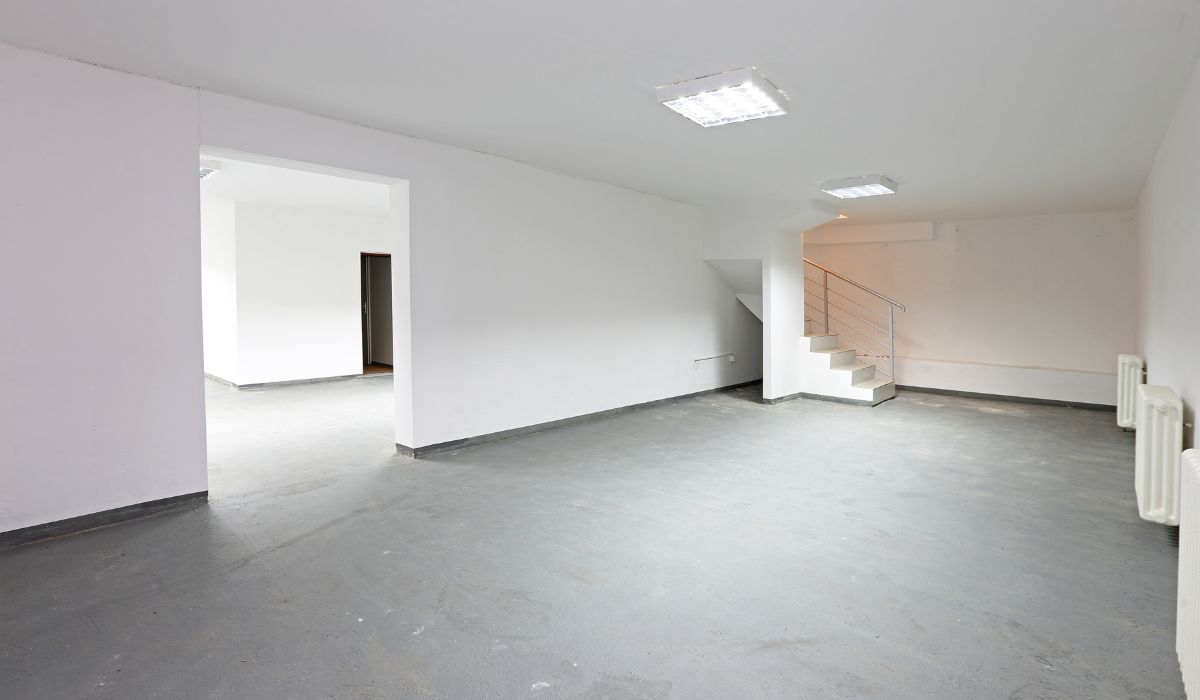
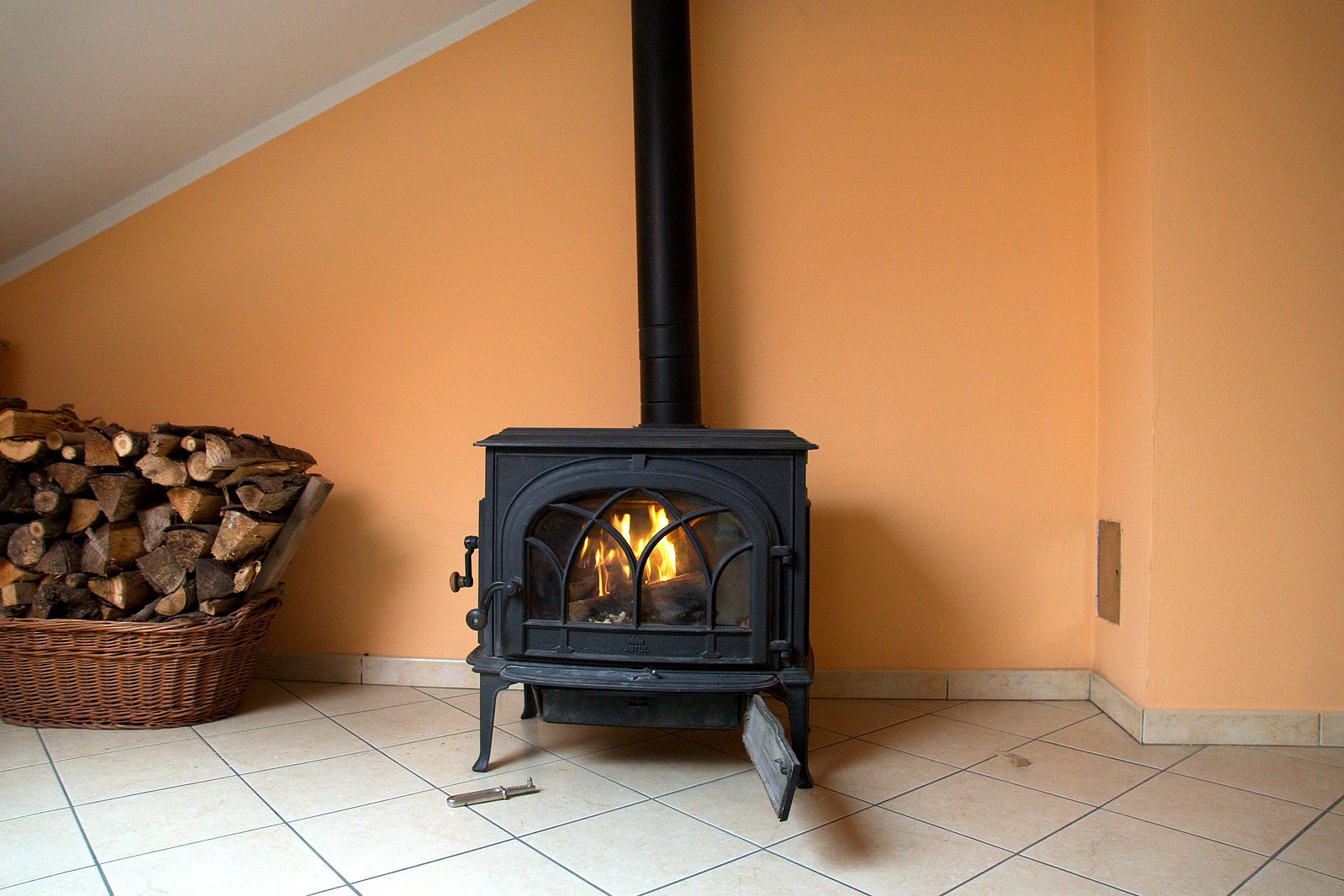
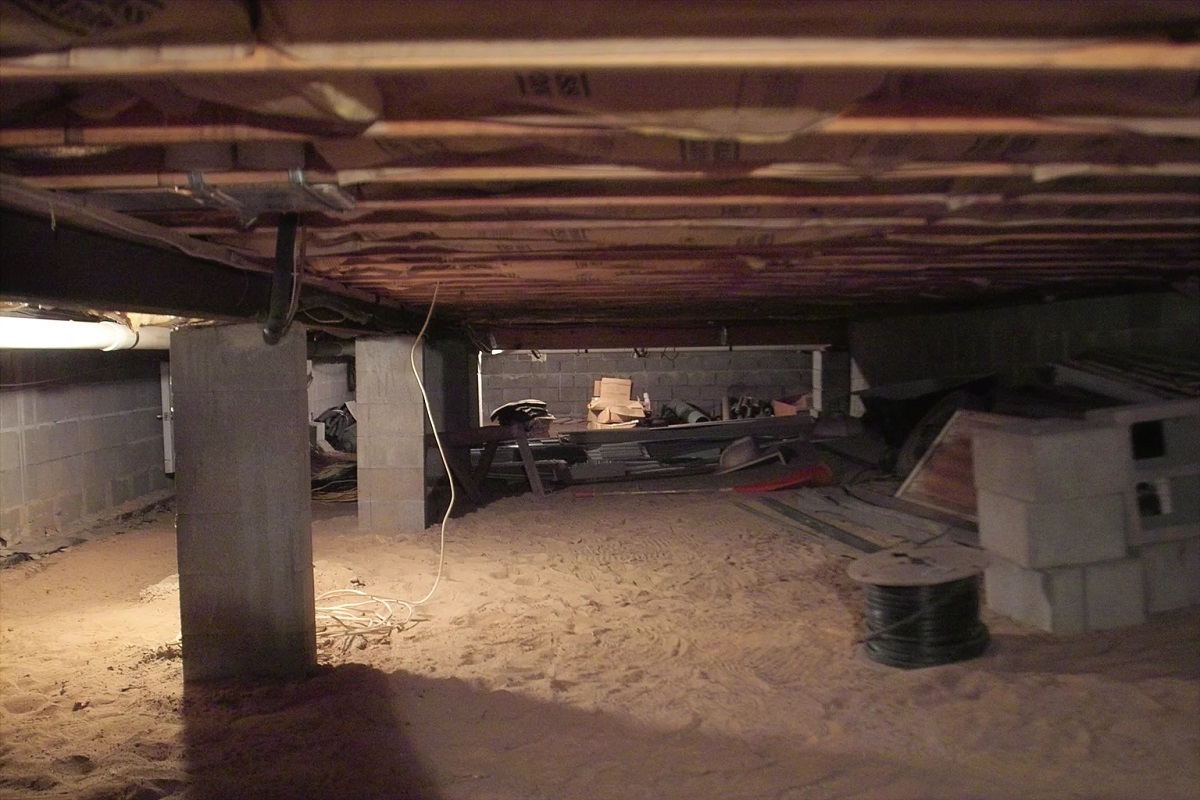
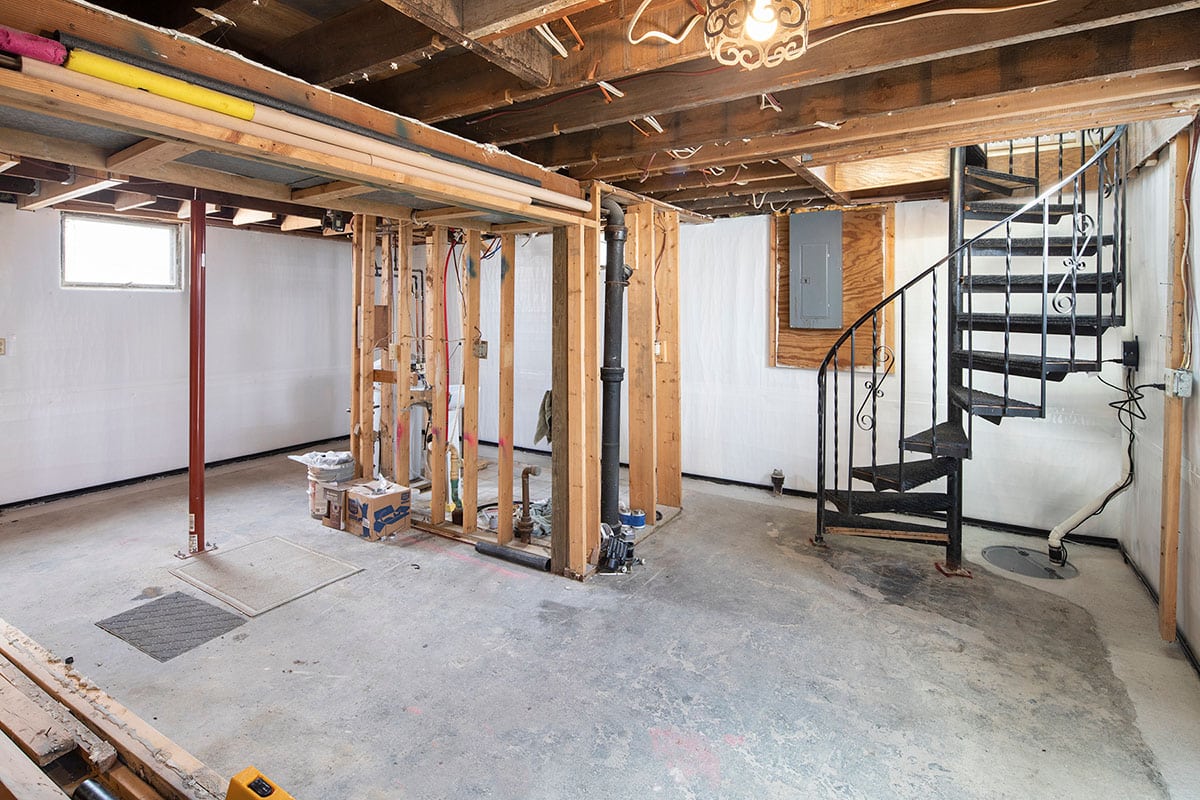

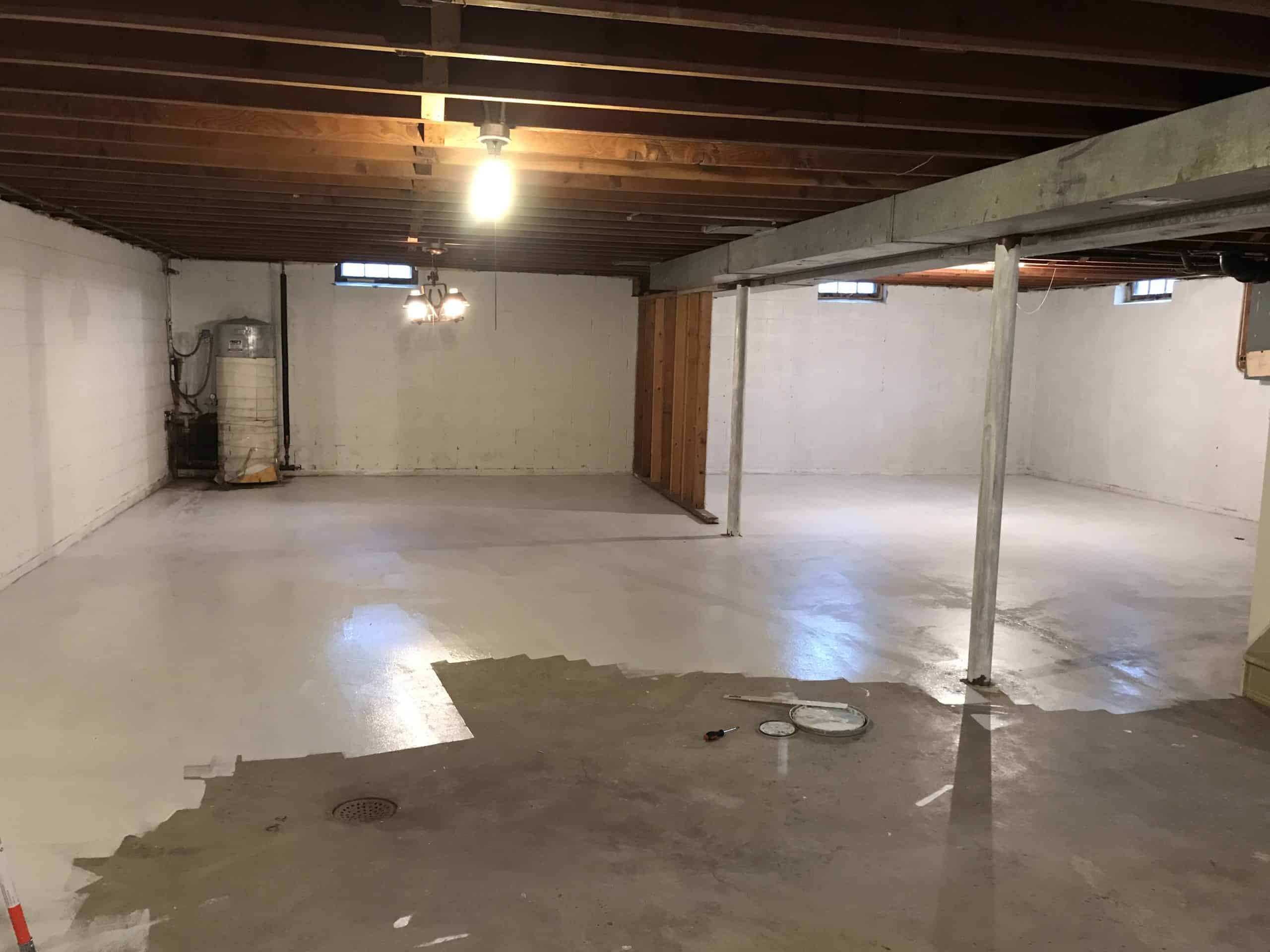
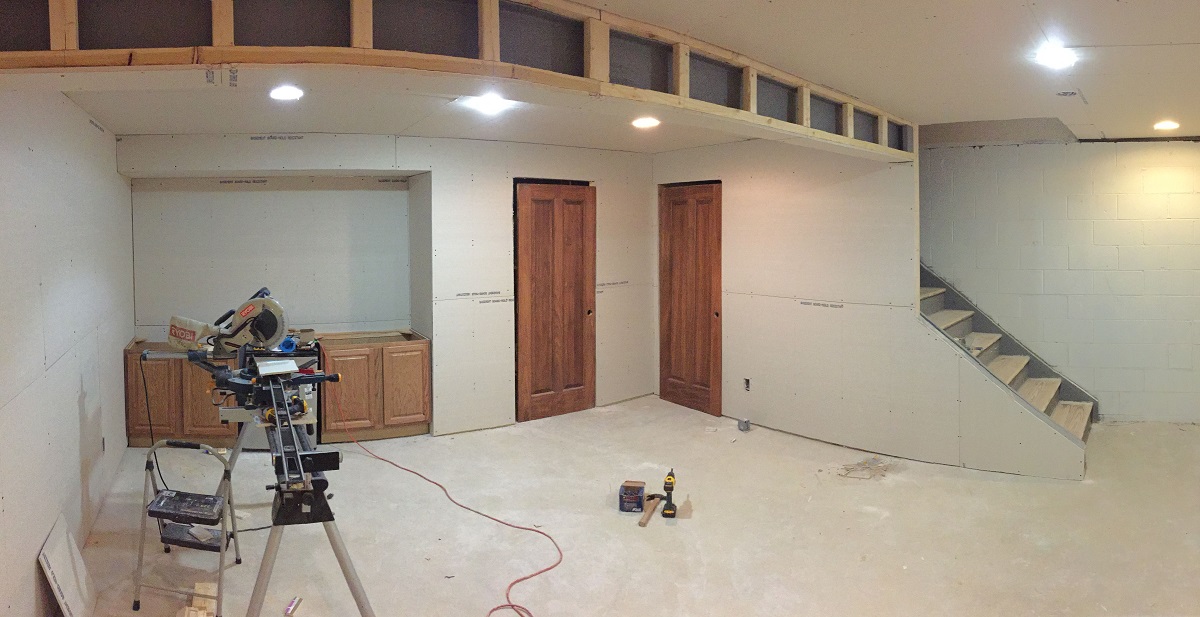
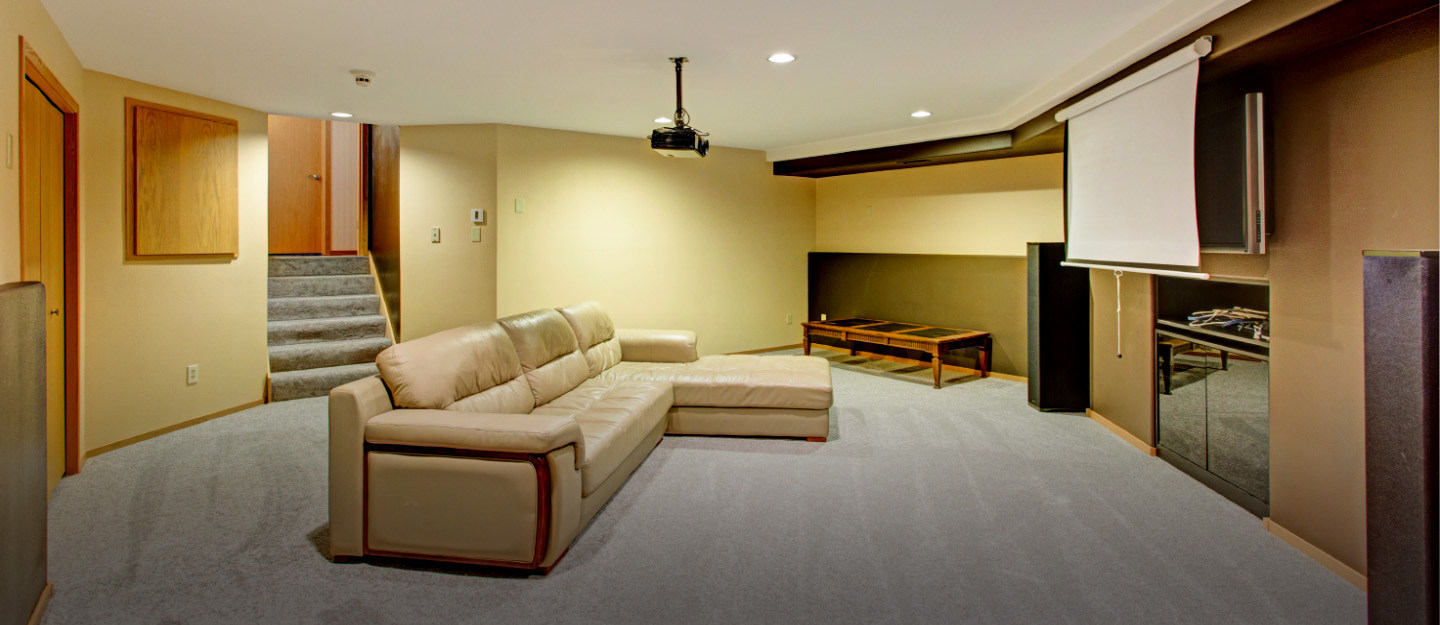

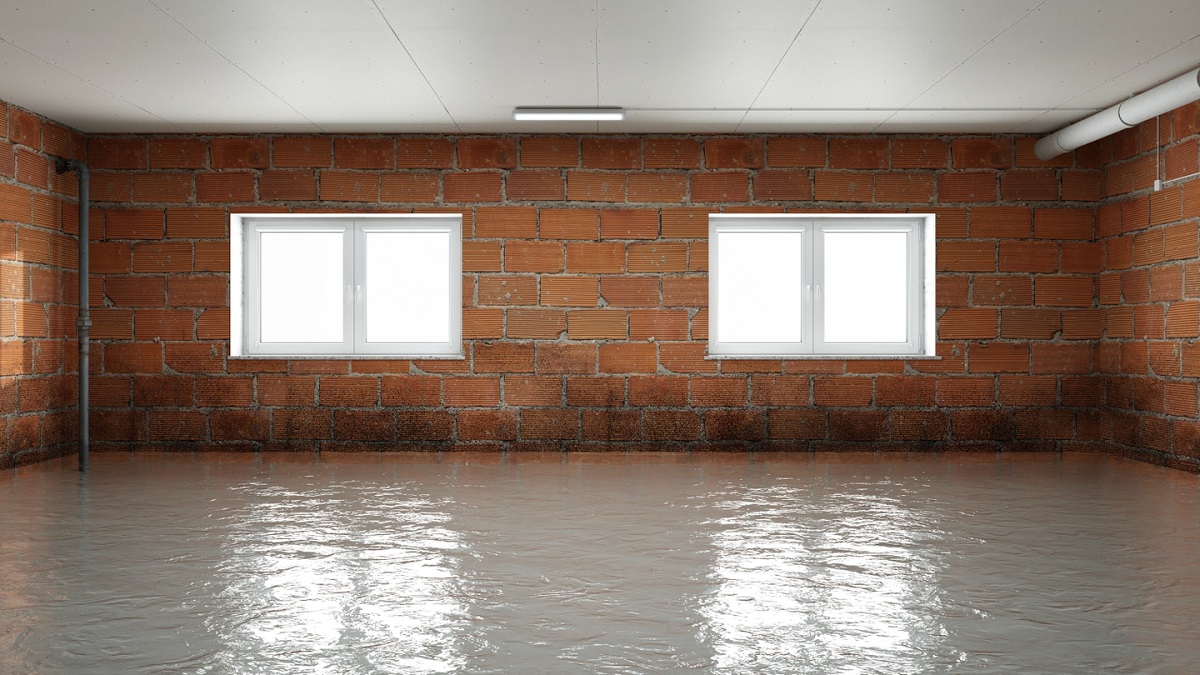

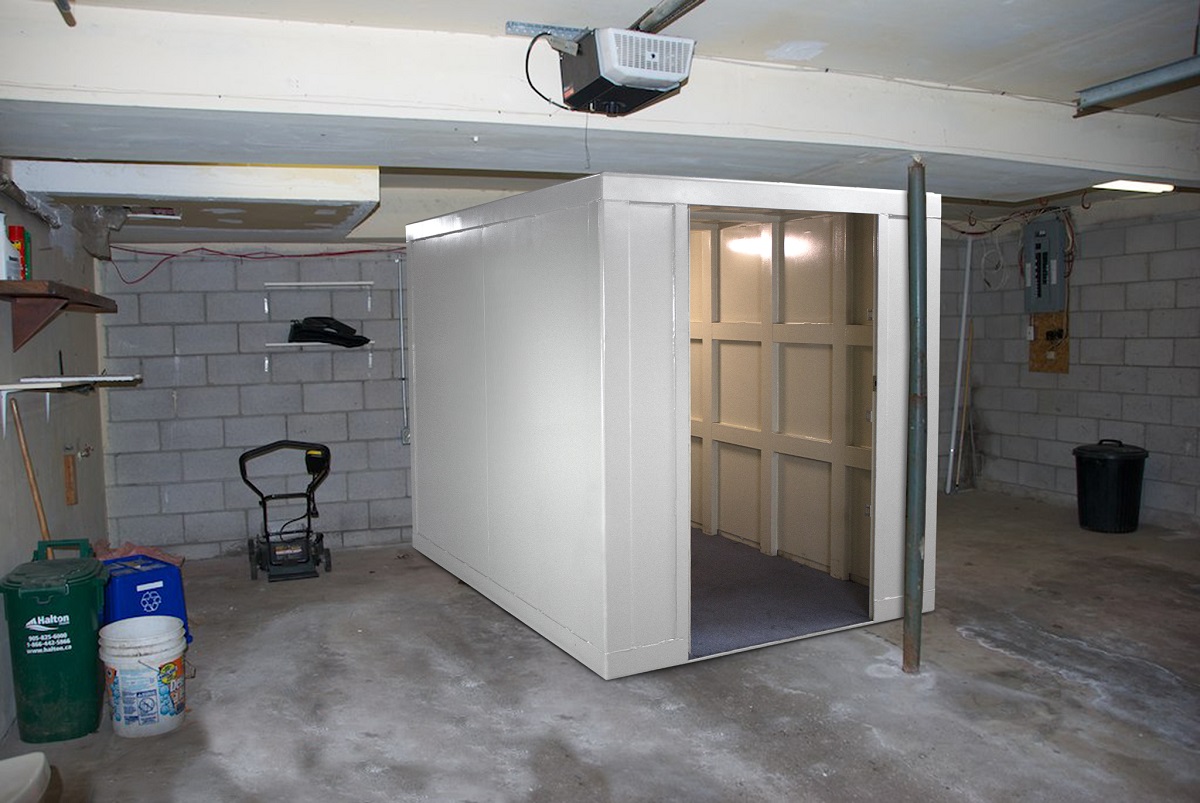


0 thoughts on “How To Heat Your Basement”